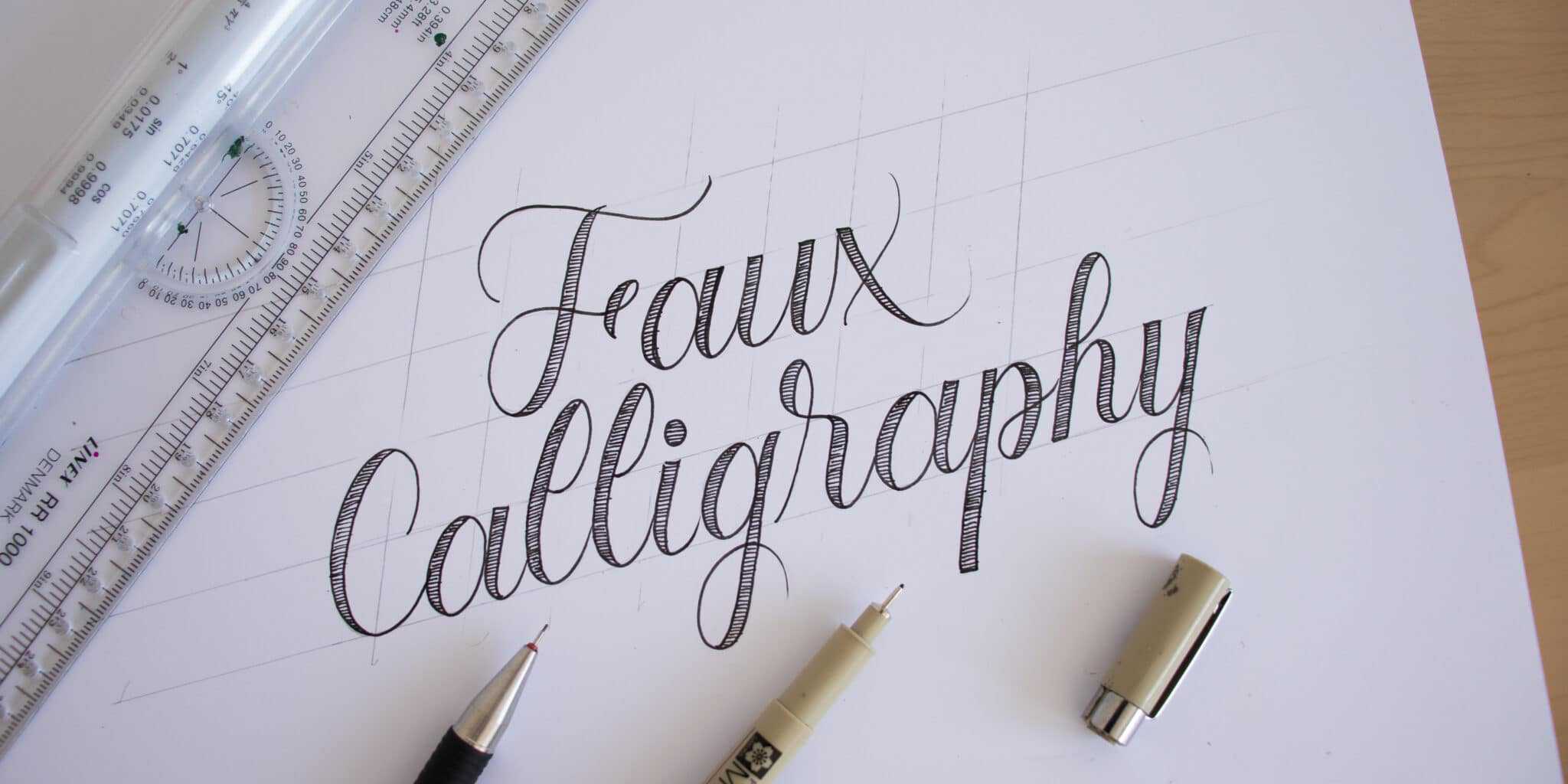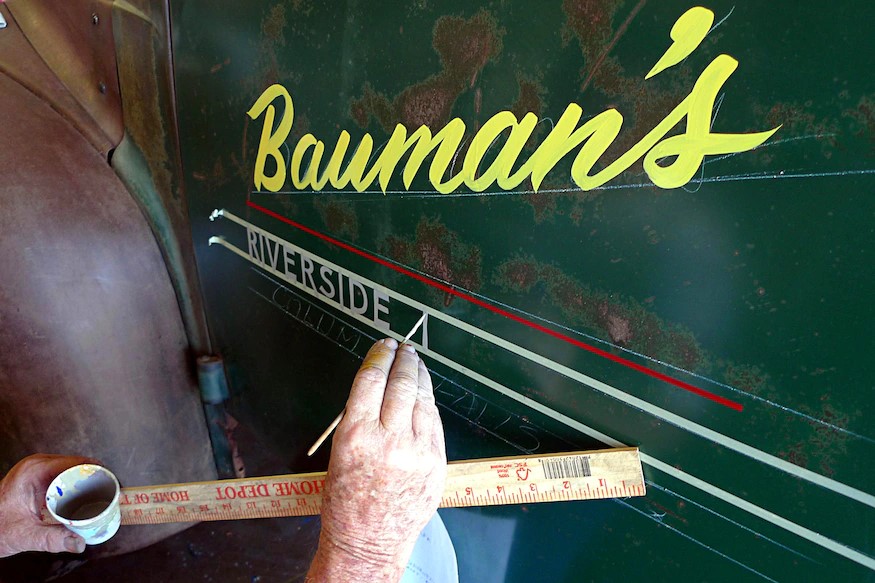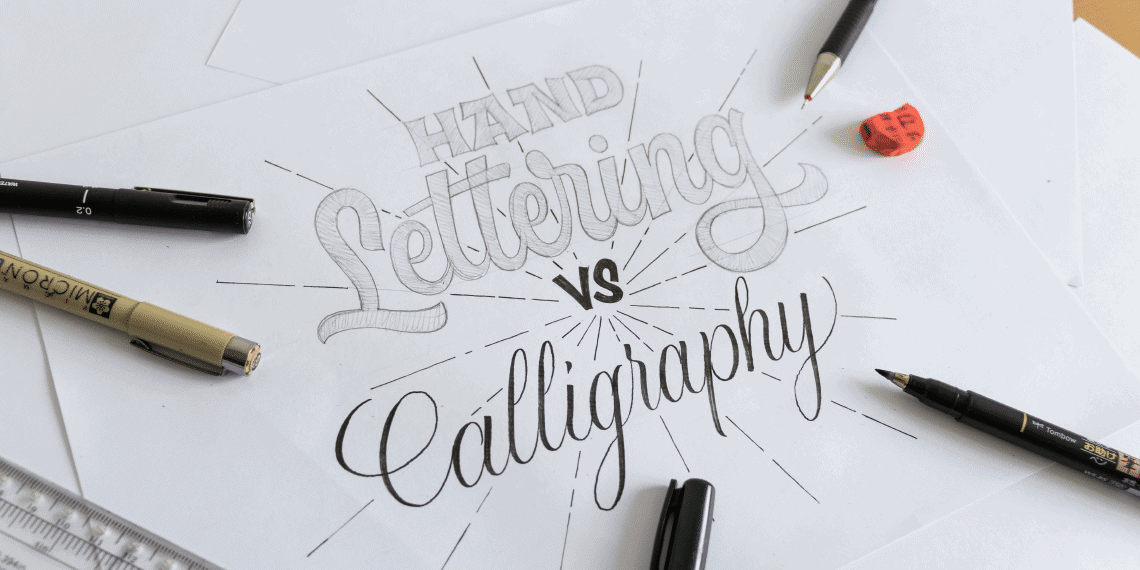
When it comes to lettering, there are two popular techniques – calligraphy and hand lettering. While both are used to create beautiful and unique letterforms, they have their own distinct characteristics and uses. In this article, we will explore the differences between calligraphy and hand-drawn lettering, and help you choose the right style for your project.
1. What is Calligraphy?
Calligraphy is an ancient art form that involves the creation of beautiful and unique letterforms using a pointed pen or brush. The word “calligraphy” comes from the Greek words “kallos” and “graphia,” which translate to “beautiful writing.”
Calligraphy has been used for centuries for a variety of purposes, including religious texts, official documents, and artistic expression. In fact, many of the world’s most important historical documents were written in calligraphy. For example, the Magna Carta, one of the most important legal documents in history, was written in calligraphy.
Another key aspect of calligraphy is its focus on letterforms. In calligraphy, every stroke of the pen or brush is carefully planned and executed, with a focus on creating beautiful and harmonious letterforms. This requires a great deal of patience, skill, and attention to detail.
There are many different styles of calligraphy, each with its own unique characteristics and techniques. Some popular calligraphy styles include Copperplate, Gothic, and Italic. Copperplate is a popular style of calligraphy that features a slanted and oval-shaped script. Gothic calligraphy, on the other hand, is characterized by its angular and block-like letterforms. Italic calligraphy is a more informal style that features slanted and flowing letterforms.

2. What is Hand Lettering?
Hand lettering is a unique art form that involves the creation of letters and words by hand, using an array of tools like pens, markers, and brushes. Unlike calligraphy, which focuses on precise and uniform letterforms, hand lettering provides more room for creative expression and allows for the incorporation of personal style.
What sets hand-drawn lettering apart is its emphasis on variation and imperfection. This technique allows for more expressive and organic forms of lettering, with variations in size, shape, and style. Embracing the natural imperfections that come with drawing letters by hand gives hand lettering a unique character and charm.
Another key aspect of hand lettering is its emphasis on style and composition. Hand-drawn lettering provides endless possibilities for creating unique designs that reflect the personality of the artist. Popular hand-drawn lettering styles include brush lettering, script lettering, and block lettering, each with their own techniques and characteristics.
Brush lettering is a style that uses a brush or marker to create letters with varying line widths, making it perfect for adding drama and emphasis to lettering. Script lettering, on the other hand, is a flowing and decorative style that mimics the look of cursive handwriting. It’s often used for elegant and formal designs, such as wedding invitations and greeting cards. Block lettering, as the name suggests, involves creating letters with straight lines and sharp angles, resulting in a more structured and geometric look. It’s often used for bold and modern designs, such as logos and posters.

3. Differences between Calligraphy and Hand Lettering
While calligraphy and hand lettering may seem similar, there are some distinct differences between the two. Firstly, calligraphy uses traditional tools and techniques, while hand-drawn lettering allows for more experimentation with different tools and mediums.
Secondly, calligraphy is characterized by uniformity and precision, while hand lettering is characterized by variation and creativity. Finally, calligraphy is often used for formal documents and invitations, while hand-drawn lettering is often used for branding and artistic expression.

4. Choosing the Right Style
These are some key differences between calligraphy and hand lettering that make them unique forms of lettering. Calligraphy relies on traditional tools and techniques such as a pointed pen or brush to create precise and uniform letterforms. In contrast, hand lettering allows for more experimentation with a variety of tools such as pens, markers, and brushes, and focuses on creating unique and expressive lettering styles.
In terms of style, calligraphy emphasizes traditional letterforms and typically aims for a uniform and precise appearance. On the other hand, hand-drawn lettering emphasizes individuality and creativity, and often incorporates a more organic and imperfect style. This focus on variation and imperfection in hand-drawn lettering can create a sense of personality and character in the final design.
When it comes to practical applications, calligraphy is often used for formal documents and invitations due to its traditional and elegant appearance. Hand lettering, on the other hand, is often used for branding and artistic expression, as it allows for more creativity and experimentation.
Understanding the differences between calligraphy and hand lettering can help you choose the right style for your project and achieve your desired aesthetic.
Calligraphy and hand-drawn lettering are two distinct styles of lettering, each with their own unique characteristics and uses. Whether you choose calligraphy or hand-drawn lettering, it’s important to have a solid understanding of each technique and its purpose.
With practice and experimentation, you can master both styles and create beautiful lettering that reflects your own unique style and creativity.
If you are interested in hot rod Hand Lettering related products, please visit our store: Rustypod.com
